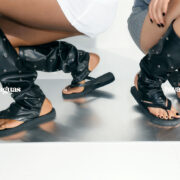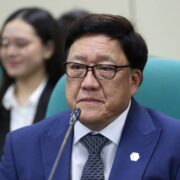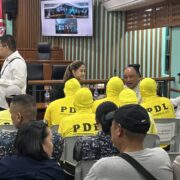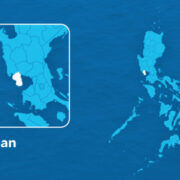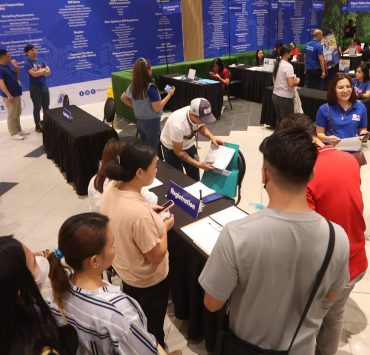PNP, NBI share similar findings: Man in drug video not Marcos
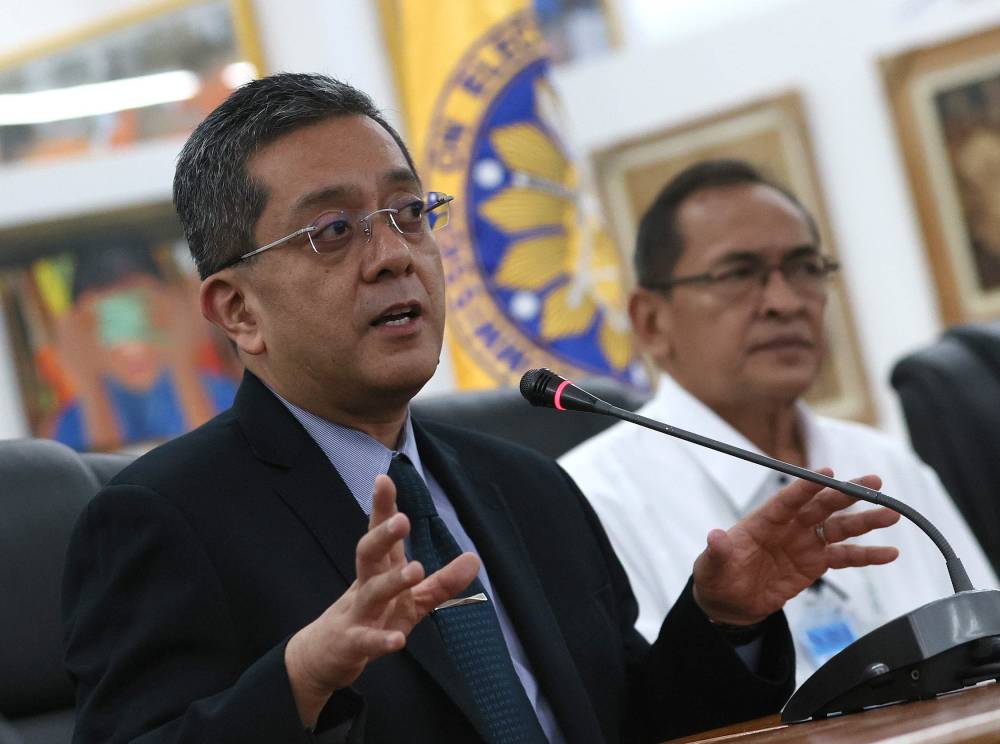
Separate forensic analysis conducted by the National Bureau of Investigation and Philippine National Police suggested that the man supposedly taking drugs in a viral video was not President Marcos.
At a press conference on Tuesday, the NBI said it used an imaging process called video spectral comparator to determine the authenticity of the video, which was reportedly shown at an antigovernment rally in the United States. It shows a man, supposedly Mr. Marcos, taking what appears to be white powder from a small plastic container and sniffing it.
The NBI compared the right ear of the President and the man in the video and pointed out their “unique characteristics” to show that these were two different people.
Joseph Reuel Cruz of the NBI said the features of Mr. Marcos’ right ear were “more embossed” and “larger” compared to the unidentified man.
“And those are just the ears. The jawline and the facial structure are also different from each other,” Interior Secretary Benjamin Abalos Jr. added.
The PNP agreed with the NBI’s findings based on their separate analysis.
“These pictures show significant discrepancy in the facial features, particularly the size of the ear, shape of the eyes, shape of the nose and the sideburns,” PNP Anti-Cybercrime Group director Brig. Gen. Ronnie Cariaga said.
According to him, they are also investigating those who spread the video and the sites that re-uploaded them.
The Department of Justice, however, could not say whether the man in the video was an actual person or created by artificial intelligence (AI) technology. “But definitely, he’s not the President,” Justice Undersecretary Jesse Hermogenes Andres said.
“The intention is to make a misrepresentation. This impostor is trying to present himself as an image of the President doing unsavory acts. This is really malicious,” Andres said.
NBI Director Jaime Santiago said the video was created by “disgruntled individuals” who were belittling the intelligence of the public.
“They think we are small-minded,” he said.
According to Andres, they already have “substantial leads” on the possible perpetrators and they are also looking into whether individuals who shared the video may be held liable for cybercrime.
“We are looking into that angle—whether there is bad faith in circulating this and if you provided particular comments as if you’re agreeing with respect to this video being a representation of the President, you may be equally liable for cybercrime,” he said.

